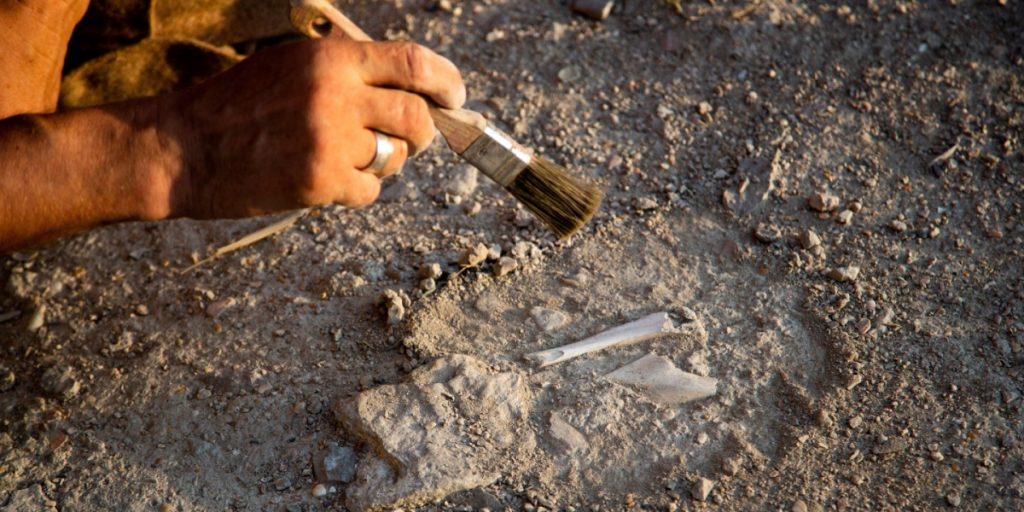A newly described Middle Jurassic dinosaur from the Isle of Skye is the most complete specimen yet found in Scotland.
Others are reading now
Paleontologists from National Museums Scotland have uncovered the most complete partial dinosaur skeleton yet found in Scotland.
The newly described fossil dates back approximately 166 million years to the Middle Jurassic period, a time when dinosaurs began diversifying into the wide array of species later seen in the Late Jurassic.
“Dinosaurs from the Triassic and Early Jurassic were generally small, bipedal carnivores and omnivores, but by the Late Jurassic they had radiated into a highly diverse range of species that included some of the largest terrestrial vertebrates to ever walk the Earth,” said Dr. Elsa Panciroli, a paleobiologist at National Museums Scotland.
“This major diversification and radiation of dinosaurs appears to have primarily occurred during the Middle Jurassic, making dinosaurs from this time interval critical to our understanding of the drivers of this radiation.”
Also read
Middle Jurassic dinosaur fossils are globally rare, making the find particularly valuable, the researchers said.
The scarcity of specimens from this period has left gaps in the understanding of early evolutionary pathways and ecosystem development among dinosaurs.
The fossil, consisting of numerous bones and fragments, was initially discovered in 1973 but was not fully collected until 2018. The remains were located in the Kilmaluag Formation near the village of Elgol on the Isle of Skye, preserved within a bedding plane covering roughly 60 by 40 centimeters.
Despite being fragmented, the specimen represents the most complete dinosaur fossil yet discovered in Scotland. It includes a partial ilium, parts of a neural arch, rib fragments, and other bone sections.
“The Middle Jurassic of Scotland is increasingly well represented by the fossil discoveries from the Kilmaluag Formation, making it of global importance in our knowledge of this time period in tetrapod evolution,” the researchers said.
Preliminary analysis suggests the dinosaur may belong to Ornithopoda, a clade of small-bodied, herbivorous dinosaurs. If confirmed, it would be the youngest ornithischian dinosaur found in Scotland and the first discovered within the Kilmaluag Formation.
The findings were detailed in a paper published in Earth and Environmental Science Transactions of the Royal Society of Edinburgh.

